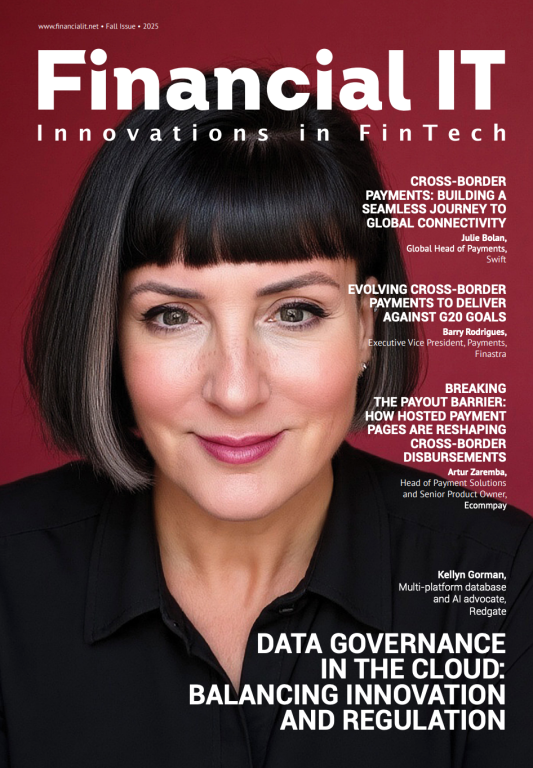Banks Can Win at Cross-Border Payments – But Maybe Not Alone

- Roisin Levine, Head of UK & Europe Bank Partnerships at Wise Platform
- 14.02.2025 12:30 pm #CrossBorderPayments #BankingInnovation
The recent closure of HSBC’s Zing has sparked strong discussion about banks’ ability to compete in the challenging cross-border payments market. Some view it as proof that banks simply can’t keep up. But this narrative misses the mark.
The truth is, banks can succeed in cross-border payments. In fact, they’re probably the ones that will.
But doing so requires more than a new product launch or a slick interface. It needs to be super convenient and intuitive and payments need to be completed instantly and transparently. It’s about building and maintaining a global banking network, strong treasury, localised compliance and efficient operations.
And this isn’t an easy task. Cross-border payments are among the hardest financial services to get right.
Evidently, if banks want to offer the best experience to their customers, it needs to run on the best infrastructure. But building this at scale is complex, expensive and takes a long time. So, for a bank trying to go it alone, the cost and complexity of producing this in-house can be overwhelming.
Here is why.
Most banks are focused on offering domestic first services like loans, credit, and local account to account payments. These core services run on legacy systems that were - and still predominantly are - designed to support domestic payments well.
As cross-border payments make up a small portion of the services a bank provides, allocating resources to improving international payments and innovating quickly often isn’t a priority. So, banks end up stuck with systems that are not well-equipped to support fast, low-cost cross-border payment flows for their customers and with minimal resources to change them.
Having a vast product offering, spanning from mortgages to credit and international payments, also means that banks need to balance regulatory requirements across all business lines, adding further complexity, costs and friction.
But here’s the good news: banks don’t have to reinvent the wheel to solve these challenges. If the challenge is delivering a payment experience as seamless and instant as domestic transfers, banks first need access to dedicated, reliable FX infrastructure.
The easiest and safest way to do this is by partnering with providers who specialise in building exactly that.
Banks should evaluate providers based on how transparent they are about their fees and services, what other banks and financial institutions they’re trusted by, their ability to provide full control over the payment process and ensuring reliability and efficiency from start to finish.
The closure of HSBC’s Zing isn’t a sign that banks should retreat from cross-border payments. Instead, it’s a reminder of the challenges and opportunities in this space. Winning in cross-border payments is possible, but it requires focus, commitment, and the right infrastructure.
The path forward is clear: banks should commit to robust infrastructure and collaborate with trusted partners to deliver the seamless experience customers and modern cross-border payments demand.
With this approach, banks can not only compete - they can lead the way.





















